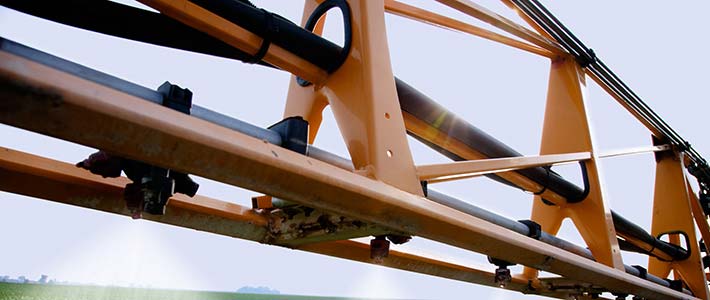Last week, between showers on account of the summer heat, I toured a few bean fields. As I drove north, at 60 mph, I had to shake my head as I could identify spots of ragweed. Anything big enough to identify in those conditions is way too big to control with a spray rig. About that time, Randy Travis popped up on the station, and lamented on a relationship, spending his time “Diggin’ up Bones.”
As I ponder the song and the situation, I thought about the options producers have. It really comes down to what the weeds really were. If they are not resistant to herbicides, glyphosate might take them out. However, it is 2018; that option appears to be less and less likely.
As time passes on, herbicide options become limited, as is the ability to prevent yield loss. The fight shifts from controlling yield loss to managing weed seed production. This is especially important as the current acceptable standard for export is now 1 percent (or lower) foreign matter in our beans. Additionally, if one can prevent herbicide resistant weeds from producing seeds, the future weed battle becomes less of a problem.
One remaining option is steel in the field. At one time, it was not that difficult to hire a hoe crew, but then we were not trying to hoe a 10,000-acre farm. Finding folks whose hand fits a hoe ain’t that easy, either.
This pretty much leaves going out to the equipment boneyard and finding some old solution. Ideally, something like a row cultivator or a sweep that fits your row width would help with those weeds that germinated. These would also aerate the soil a bit, which will promote soybean growth and help close those canopies. Nothing like a little darkness to stop weed seed from germinating. It does require dryer ground than many in southern Minnesota are currently experiencing.
If you look deeper in the bone pile, you might stumble on a rope applicator. These were filled with a concentrated glyphosate solution (1:2 glyphosate to water) used extensively prior to the advent of the grass herbicides such as PoastTM, FusiladeTM, or SelectTM. Other herbicides were used, but glyphosate was the most common chemical used at the time.
Using a rope wick was relatively simple. The grower waited until the weed was sufficiently taller than the crop, usually six inches, mounted the wiper on the front of the tractor, filled the tube with a systemic herbicide solution and drove down the row wiping weeds. The technology had limitations, but it could be very effective. In the control of in-row emerged weeds, it was often the only alternative to hand hoeing/pulling weeds.
The advent of Roundup Ready Soybeans spelled the end of wick technology in row crop agriculture. However, wick technology is still alive and well in the range, pasture and tree fruit business. Harrington and Ghanizadeh recently published an article describing current wiper technology. It has changed since 1987. One Youtube video even describes an option of converting an existing spray boom to a wick wiper.
A lot of us remember these options. While such technology is currently untested with current university professionals, or farmers for that matter, it might be a bone to explore. Consult with your trusted advisors before attempting any of these options. Like an old horror tale, there is a lot of unknown when diggin’ up bones.







